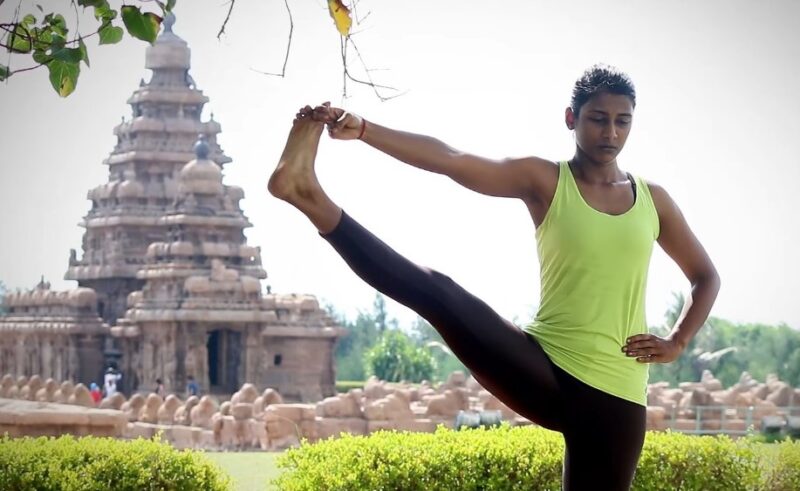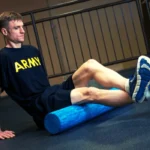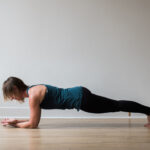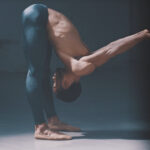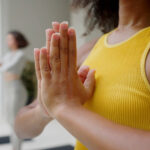Yoga poses can be a mixed bag of delightful stretches and balancing acts that are beneficial but sometimes demanding. Utthita Hasta Padangusthasana, or the Extended Hand to Big Toe Pose, is one of those. Let’s break it down and see how you can perform it.
The Breakdown
Let’s break down this pose and its meaning first. Utthita means extended. Pada means foot. Angustha means big toe. So, essentially, we’re talking about grabbing your big toe and stretching like your life depends on it.
Benefits That Should Make You Want to Try
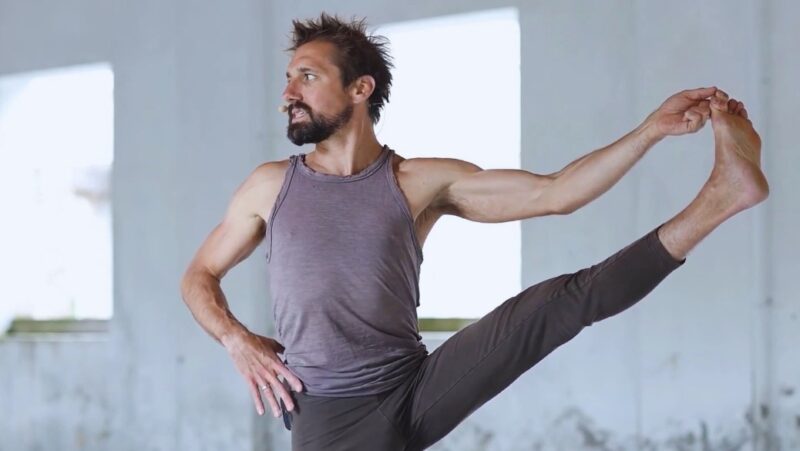
- Groundedness and Security: This pose promises to make you feel one with the universe. Grounded. Secure. Like a tree. Just don’t fall.
- Stretching Muscles: Say hello to your hamstrings and adductors. They’re going to get the stretch of their life.
- Balance and Nervous System: You’ll wobble, you’ll fumble, but eventually, you’ll find balance and a slightly calmer nervous system.
- Core Strength and Proprioception: Fancy terms for a strong middle and knowing where your body is in space. Trust me, it’s useful.
Why You Might Want to Skip This
- Pain: If you’ve got pain in your legs, ankles, or feet, give this one a miss.
- Hip Instability: Wobbly hips? Not the best idea.
- Balance Issues: Vertigo or just plain clumsy? Maybe stick to poses with both feet on the ground.
Step-by-Step
- Stand in Mountain Pose: Toes touching, heels half an inch apart. Think majestic.
- Shift Weight to Your Left Foot: Lift your right foot, bend the knee. Thigh at 90° with the shin, sole parallel to the earth. Easy, right?
- Level Hips and Lengthen Waist: You’re going to need every bit of that length.
- Challenge Accepted: Grab your right big toe with the peace fingers of your right hand. Yes, really.
- Extend the Leg: Exhale and extend. Leg parallel to the earth, a little out to the right. Feel the burn yet?
- Counterbalance with Your Left Arm: Stick it out to the side. Look ridiculous, but balanced.
- Keep Hips Level and Pelvis Neutral: Drop the right hip a bit if you need to.
- Lift Your Chest: Imagine a thread pulling you up. Space in your shoulders.
- Microbend in Standing Leg: No locked knees here.
- Release and Repeat: Lower your foot, switch sides, and repeat. Because symmetry in this one is key.
Preparatory Poses
- Hero Pose: Get those thighs and knees ready.
- Seated Forward Fold: Loosen up the hamstrings.
- Supine Hand to Toe: A lying-down version to ease into the stretch.
Counter Poses
- Mountain Pose: Back to basics.
- Standing Forward Bend: A nice stretch to balance things out.
- Downward Facing Dog: Because it feels great after all that balancing.
Tips for the Utthita Hasta Padangusthasana Experience
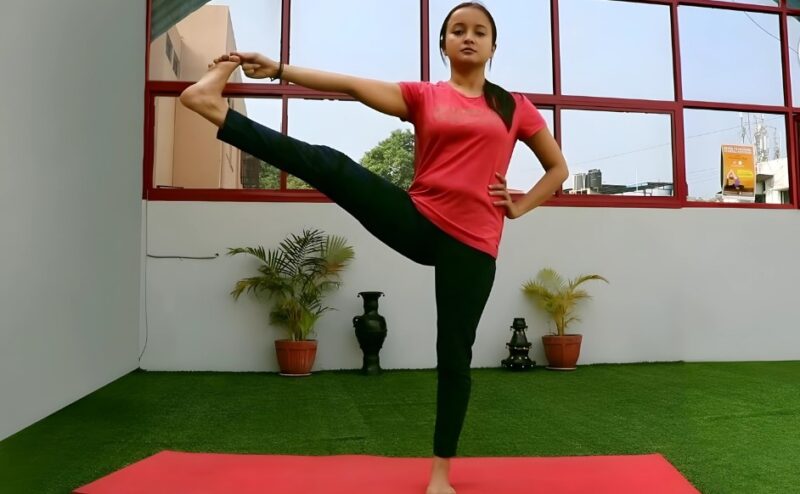
Modifications:
- If your hamstrings are tighter than a drum, use a strap or keep your knee bent.
- Feeling wobbly? Use a chair back to support your raised foot.
Teaching Tips:
- Pelvic alignment is key. No wonky hips.
- Engage the glutes. Prevent injuries and make the pose more effective.
Related Poses:
- Reclining Big Toe Pose (Supta Padangusthasana): Same idea, just lying down.
- Tree Pose (Vrksasana): For balance practice.
- Wide Angle Seated Forward Bend (Upavistha Konasana): Another hamstring stretcher.
Falling Out is Okay
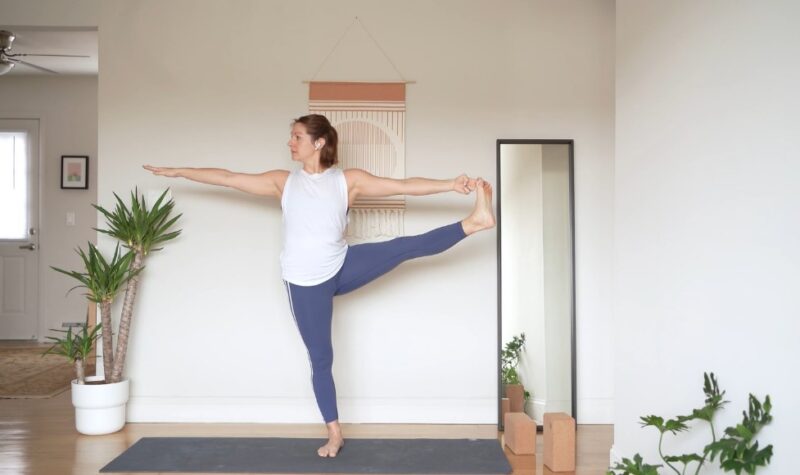
You will fall out of this pose. It’s part of the charm and part of the whole process. Embrace it. Laugh at it. Get back into it. So many yoga teachers out there say that is normal, and I, for one, agree with them. With certain things in our lives, trial and error is the way to go.
The Balancing Act
Utthita Hasta Padangusthasana is about balance, strength, and a bit of masochism. You stretch, you strengthen, you balance. Then you fall, you laugh, and you try again. Yoga, in its purest form.
Final Thoughts
Include this pose into your routine to counteract the effects of sitting all day and staring at screens. It’s an awesome pose for people who do a lot of work from home and office jobs. It’s not a pose, but it’s also a statement. A wobbly, hamstring-stretching, balance-challenging statement.

